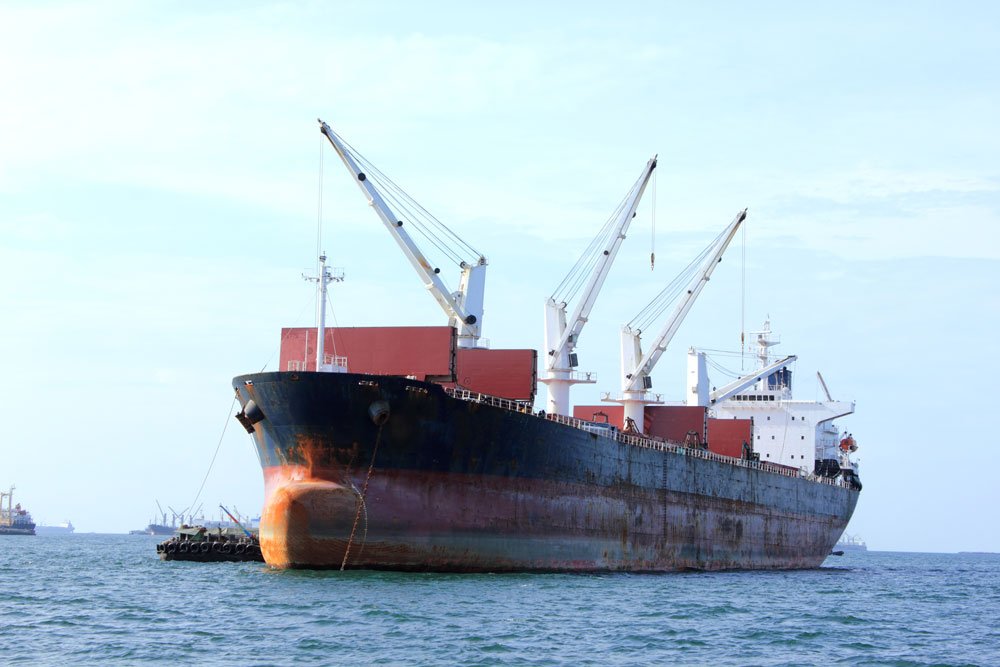 The Jones Act covers any worker who qualifies as a “seaman.” This is true even if the worker’s job is specifically covered under the Longshoremen and Harbor Worker’s Compensation Act. Unfortunately, the Jones act doesn’t define “seaman.” The Supreme Court, though, has determined that in order to be a seaman, a maritime worker must meet the following requirements:
The Jones Act covers any worker who qualifies as a “seaman.” This is true even if the worker’s job is specifically covered under the Longshoremen and Harbor Worker’s Compensation Act. Unfortunately, the Jones act doesn’t define “seaman.” The Supreme Court, though, has determined that in order to be a seaman, a maritime worker must meet the following requirements:
- An employee’s duties must contribute to the function of the vessel or to the accomplishment of its mission.
- An employee must have a connection to a vessel in navigation (or to an identifiable group of such vessel) that is substantial in terms of both duration and nature.
The first part of the test is pretty easy to meet. The claimant only has to show that he does the ship’s work. Importantly, an employee can still qualify as a seaman even if his or her work time is divided among multiple vessels under common ownership or control.
The Supreme Court has explained that the second part of the test is necessary in order to separate those employees whose employment doesn’t expose them to maritime danger from those who are exposed to “ the perils of the sea.” In essence, it requires a worker to show that his connection to the vessel or fleet of vessels is substantive and not merely fleeting or incidental. In order to determine whether this is the case, the Supreme Court has relied on a traditional rule of thumb: “A worker who spends less than about 30 percent of his time in the service of the vessel in navigation should not qualify as a seaman under the Jones Act.”
If you or a loved one has suffered an offshore injury, learn about your legal rights from an experienced Louisiana maritime injury attorney by filling out our free, no obligation case review form located on this website.
Free Case Evaluation
More About HHK
Other Offshore-Maritime Accidents News
Offshore work is one of the most dangerous professions in […]
Offshore oil workers hold one of the most dangerous job […]
Offshore workers perform some of the most dangerous jobs in […]
At the gas pump, you’re probably focused on how much […]
Regardless of the type of job, offshore workers generally face […]
New Orleans, LA Maritime Injury Lawyer What you do (or […]







